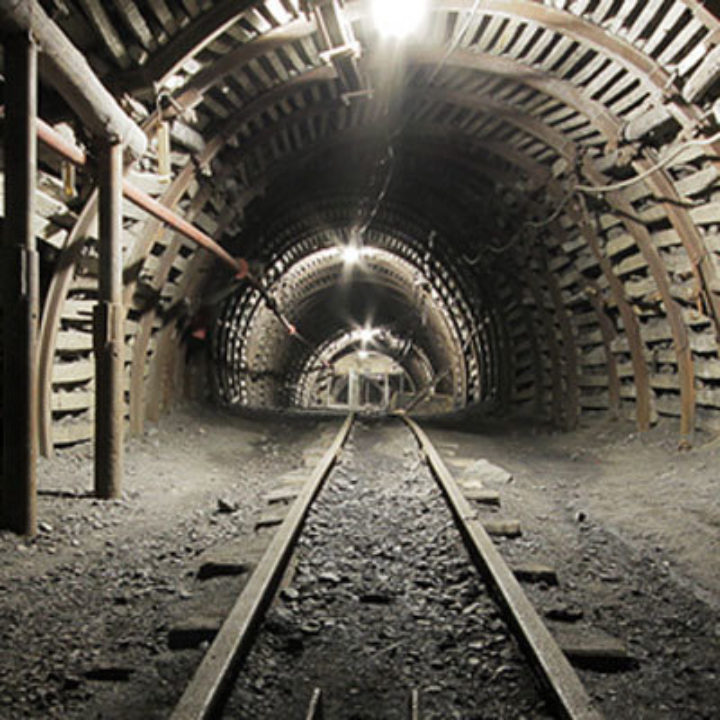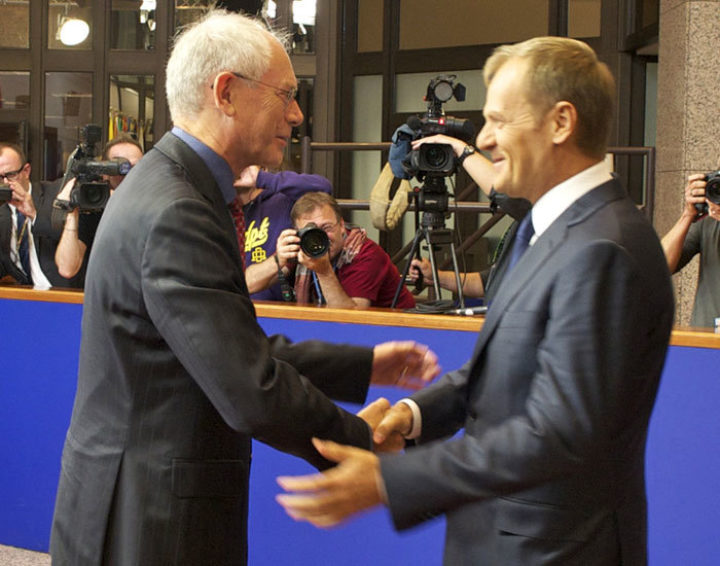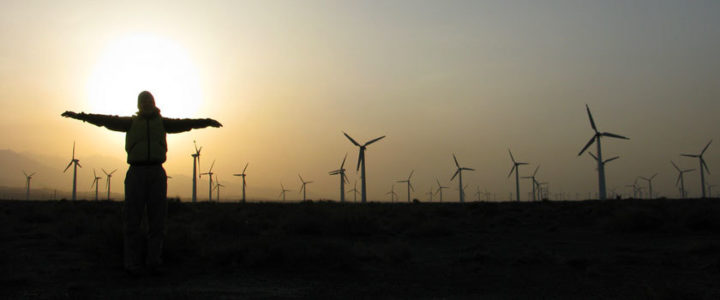EU - the big leadership question
European leaders have two days to decide 10 years worth of climate and energy policy, with 'leadership' in question
By Richard Black
Share
Last updated:
By Richard Black, ECIU Director
At the end of this week, European Heads of Government will meet for two days in Brussels to negotiate 10 years worth of energy and climate policy.
Leaders will aim on Thursday and Friday to sign off a package of measures with three main ingredients: a target for reducing greenhouse gas emissions, a target for the share of renewable energy across the continent, and a target for energy saving. All have 2030 as the target year.
The raft of policy measures has been in preparation for several years.
So you might think it has been extensively researched and finely honed to deliver what the EU needs - and it has. But then the extensive research and fine honing ran into a brick wall known as ‘politics’.
Three figures
Take the headline figure: how much should the EU reduce its greenhouse gas emissions by 2030?
Research suggests that a figure in the region of 49-61% (from 1990 levels) would bring the optimum raft of benefits - reducing energy waste, speeding up the low-carbon transition, reducing imports and giving European businesses a competitive advantage.
This would also give poorer nations confidence that when the EU proclaims its ‘ambitious leadership’, there’s substance behind the words - an important pick-me-up for the new UN agreement due at the end of next year.
And it would be consistent with the scientific evidence – endorsed by every European nation this year through their acceptance of the Intergovernmental Panel on Climate Change (IPCC) reports – that global emissions need to peak on the scale of a decade or two, and swiftly diminish to zero, if the most serious impacts of climate change are to be avoided.
However… a 40% target is what we have on the table. A 27% target for renewables’ share of the energy mix, and a 30% reduction in energy use, are also proposed.

Differences of political perspective mean that 22 of the 28-nation bloc want the 40% figure to be a minimum. Sweden’s new left-green coalition government is pressing for 50%. A smaller group of former Soviet-bloc states thinks 40% should be the maximum. (Carbon Brief has mapped national positions in more detail, on all three targets.)
While the overall scale of the targets is a political football, so is the way that effort should be divided across the bloc, from the richer countries of the north and west to the former Soviet-bloc states and the austerity-hit Mediterranean.
The emergence of a deal depends most obviously on Poland.
Bad rock
The Polish position deserves more scrutiny than it sometimes receives.
Yes, it is a ‘coal country’. But increasingly it's a ‘coal importing country’; and 70% of its imports come Russia, the ancient adversary.
Much of the indigenous mining industry is in trouble due to the depth of coal seams and out of date working practices, as well as inefficiencies. Poland’s mines lost a cumulative 1bn zloty ($300m) from sales of coal in the first half of the year. The average UK miner produces four times as much coal as his Polish counterpart.

But rather than invest in modernisation of both mining and power production, the government's chosen response is to legislate to ban Russian imports.
There’s even talk of dividing the industry into ‘good assets’ and ‘bad assets’, which may seem familiar to anyone who covered the financial crisis of 2007/8 and the breakup of Northern Rock and other institutions.
Even more striking is that eastern European citizens appear to want a low-carbon transition. A survey earlier this year found that more than three-quarters of Poles, Czechs, Slovaks and Hungarians see dependence on Russian coal as a problem, and want their governments to curb energy use and invest in renewables.
Public opinion on the value of reducing energy waste is backed up by research showing that the Polish economy uses about three times more energy per unit of GDP than the UK.
As the deadline looms, Poland is, on the surface, adopting the familiar position of opposing strong reforms and awaiting sweeteners, with the threat of a veto hanging in the air.
However, a veto might not be an option this time around. If governments fail to agree a deal this week, sorting out the mess would then fall to former Polish Prime Minister Donald Tusk, who takes up the reins of the European Council in December.
It seems unthinkable that his recently ex-government would seriously consider leavening the first days of his Presidency with such a toxic brew.
Another whole raft of issues lies in the details beneath the headline numbers.
How might 40% magically morph into 26%? Because reductions in emissions aren’t actually tallied by measuring emissions, but by issuing permits to emit; lots of flexibility there [pdf link].
How might 30% become 12%? By using a conveniently out-of-date baseline [pdf link].
And how binding are the three targets? In the case of the renewable target, it's likely to be EU-wide rather than being divided up by each nation, so effectively no government will be accountable. For energy saving, it may end up just being 'indicative' - ie, an aspiration. The UK is among the most trenchant opponents of a binding energy saving target - apparently, it is said by those in the know, for fear of more headlines about EU bans on energy-hungry appliances.
Context of numbers

It may be tempting to cast the EU2030 negotiations in the contexts of the much wider political conversation about the future of the EU and, from the UK perspective, of the fight between UKIP and the Conservative Party.
And that is indeed where it partially sits.
But it also fits in a different context. Europe has long been used to leading in the ‘technologies of tomorrow’ – renewables, smart demand reduction, energy efficiency and so on.
Ernst and Young reckons that is no longer the case. The accountancy giant reports this week that Europe has seen a 58% fall in renewable energy investment in the last three years.
A number of other countries, led by China, are increasing investment. Already, China has seven times the wind power capacity of the UK and will more than double that by 2020. It will install twice as much solar capacity this year as the UK has in total, and plans to increase nuclear generating capacity 10-fold before 2030.
The 2030 package is supposed to put the EU on track to meet its long-term objective of cutting emissions by 80-95% by 2050. As it stands, the package commits the bloc to little more than business-as-usual improvements. And in 10 years time, if Europe wants to get back on track towards the long-term target, the transition will be more abrupt, more expensive and more disruptive.
But that's politics.
Share